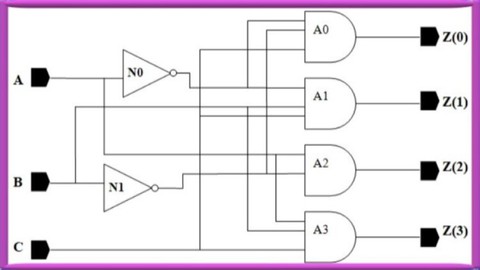Co-ordination Compounds - Inorganic Chemistry
Loại khoá học: Science
Complete Chemistry for Engg and Medical Entrance Exam Preparation. ( IIT JEE Main | Advanced | BITSAT | SAT | NEET etc.)
Mô tả
SUMMARY
The chemistry of coordination compounds is an important and challenging area of modern inorganic chemistry. During the last fifty years, advances in this area, have provided development of new concepts and models of bonding and molecular structure, novel breakthroughs in chemical industry and vital insights into the functioning of critical components of biological systems.
The first systematic attempt at explaining the formation, reactions, structure and bonding of a coordination compound was made by A. Werner. His theory postulated the use of two types of linkages (primary and secondary) by a metal atom/ion in a coordination compound. In the modern language of chemistry these linkages are recognised as the ionisable (ionic) and non-ionisable (covalent) bonds, respectively. Using the property of isomerism, Werner predicted the geometrical shapes of a large number of coordination entities.
The Valence Bond Theory (VBT) explains with reasonable success, the formation, magnetic behaviour and geometrical shapes of coordination compounds. It, however, fails to provide a quantitative interpretation of magnetic behaviour and has nothing to say about the optical properties of these compounds.
The Crystal Field Theory (CFT) to coordination compounds is based on the effect of different crystal fields (provided by the ligands taken as point charges), on the degeneracy of d orbital energies of the central metal atom/ion. The splitting of the d orbitals provides different electronic arrangements in strong and weak crystal fields. The treatment provides for quantitative estimations of orbital separation energies, magnetic moments and spectral and stability parameters. However, the assumption that ligands consititute point charges creates many theoretical difficulties.
The metal–carbon bond in metal carbonyls possesses both σ and π character. The ligand to metal is σ bond and metal to ligand is π bond. This unique synergic bonding provides stability to metal carbonyls.
Coordination compounds are of great importance. These compounds provide critical insights into the functioning and structures of vital components of biological systems. Coordination compounds also find extensive applications in metallurgical processes, analytical and medicinal chemistry.
Bạn sẽ học được gì
Appreciate the postulates of Werner’s theory of coordination compounds
Know the meaning of the terms: coordination entity, central atom/ ion, ligand, coordination number, coordination sphere, coordination polyhedron, oxidation numb
Learn the rules of nomenclature of coordination compounds
Write the formulas and names of mononuclear coordination compounds
Define different types of isomerism in coordination compounds
Understand the nature of bonding in coordination compounds in terms of the Valence Bond and Crystal Field theories
Appreciate the importance and applications of coordination compounds in our day to day life
Yêu cầu
- Basic understanding of chemistry and math's
Nội dung khoá học
Viết Bình Luận
Khoá học liên quan

Đăng ký get khoá học Udemy - Unica - Gitiho giá chỉ 50k!
Get khoá học giá rẻ ngay trước khi bị fix.


















Đánh giá của học viên
Bình luận khách hàng